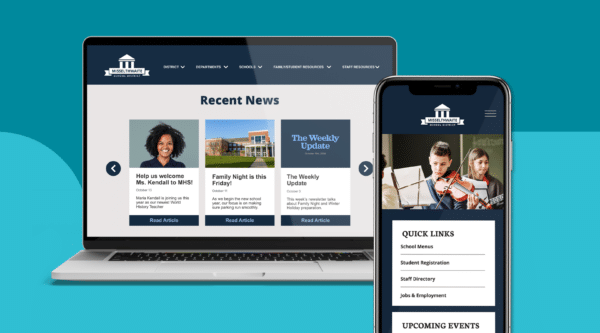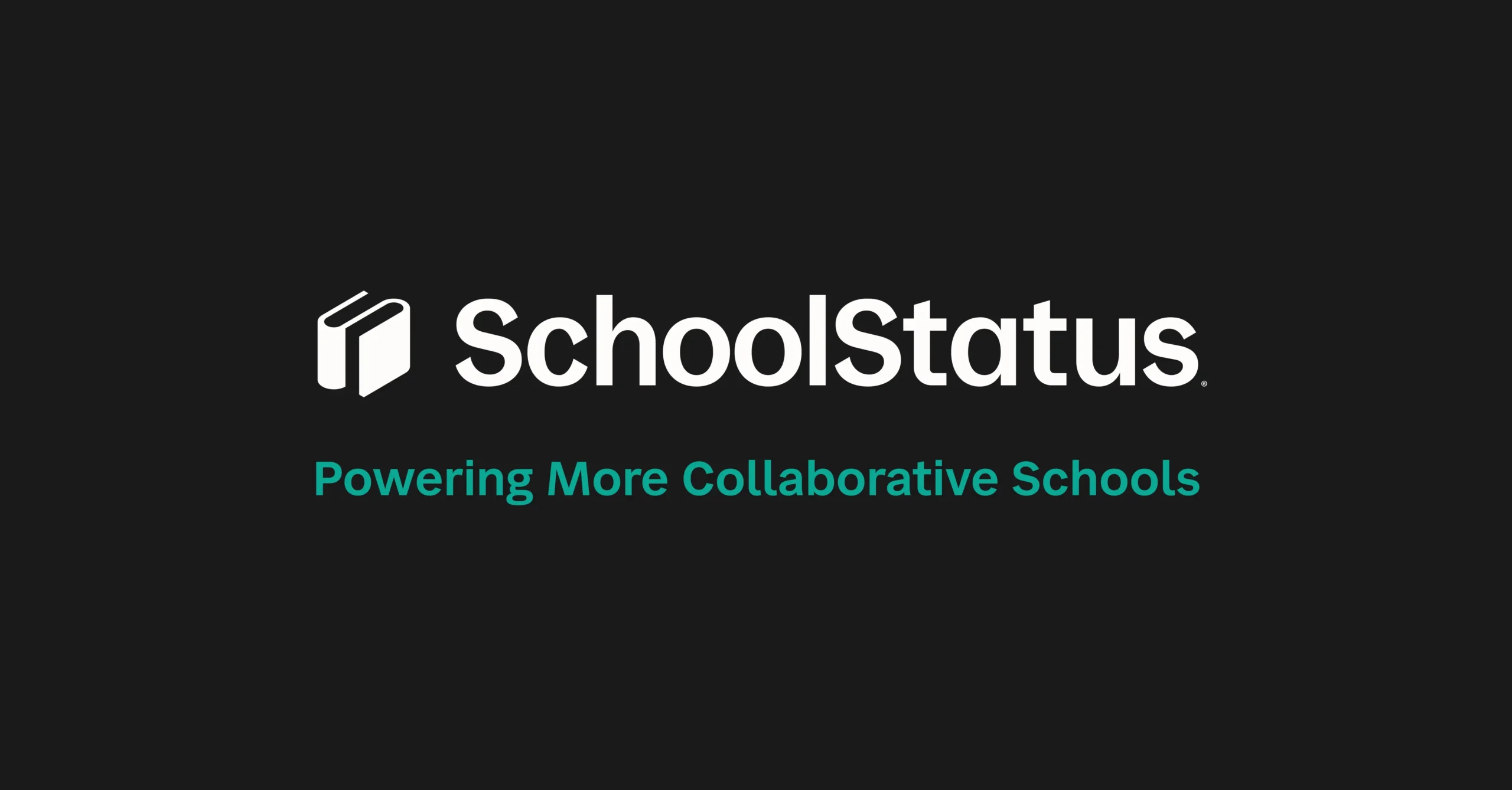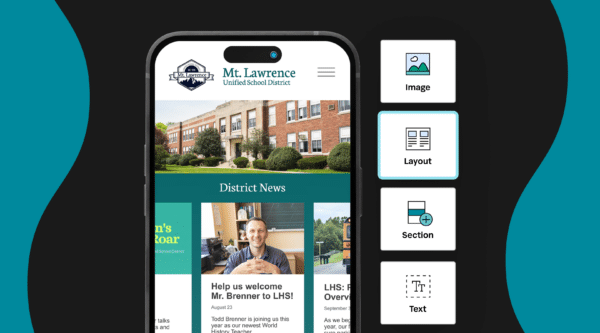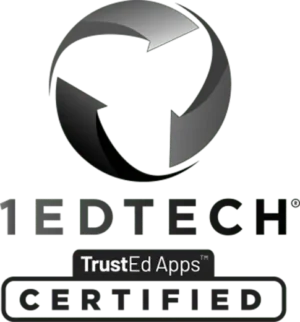

These days, navigating the school mobile app landscape can feel overwhelming. However, getting a functional and appealing app for your school isn’t as difficult as it seems. There are many quality providers who can develop an app tailored to your school’s needs and your community’s expectations.
If you’re relying solely on your website for mobile communications, you could be missing out. A mobile-responsive website is essential, but it’s not enough to engage today’s on-the-go audience effectively.
Think about it: like most people, your entire life is probably managed through your phone—whether it’s your calendar, contacts, emails, social media, or even Google Maps. Students, parents, and teachers are no different. When they look for school-related information, chances are they’re doing so on their phones. That’s why having a dedicated mobile app is crucial.
Our Top 20 School Mobile App Providers
Choosing the right school mobile app provider can be tricky, but this guide can help you narrow down your options. Below, we’ve listed some of the most popular school mobile app providers and outlined their offerings. You can also check out our School Mobile App Planning Guide for more detailed advice on selecting the right provider for your needs.
School mobile app providers typically fall into three categories:
- Do-It-Yourself (DIY): DIY options give you the framework to create your own app, allowing more control but requiring more effort.
- Bundled: These apps are part of a larger package that includes services like website development or social media management.
- Standalone: These providers specialize in app development only, without offering additional services.
Bundled School Mobile Apps
These providers offer mobile apps as part of a broader communication package, often including services like website development and content creation.
SchoolStatus Sites & Apps
SchoolStatus offers a new app development service that seamlessly integrates website content and notifications with the mobile app. Teachers can send out announcements, coaches can communicate with teams, and parents can receive personalized updates based on their preferences. The SchoolStatus app helps foster closer connections between schools and families.
Apptegy/Thrillshare
Apptegy’s platform, Thrillshare, combines a professional CMS with a user-friendly mobile app, allowing schools to manage website content, social media, and mobile communication in one place. It supports text messages, voice calls, and push notifications, making it easy to manage school communications across multiple channels.
SchoolMessenger
SchoolMessenger offers two app options: the generic InfoCenter app, which delivers important messages to teachers, parents, and students, or a custom-designed app that features your school’s branding and tailored content. Both options integrate with SchoolMessenger’s notification system to deliver urgent messages via text, email, or social media.
Finalsite
Finalsite’s mobile app integrates with its website platform, offering custom branding, secure logins, and push notifications. Schools can filter content based on user needs and manage important data securely. Finalsite is ideal for schools looking for an all-in-one digital communication solution.
Stand-alone school mobile apps
These providers specialize in app development without offering a full suite of other communication services.
SchoolInfoApp (An Edlio Company)
As the name suggests, SchoolInfoApp focuses solely on creating apps for schools. They offer customizable options for schools on different budgets, from unbranded templates to fully personalized apps.
YourMobileSchoolApp
This provider offers quick-turnaround templates for schools on a budget, or fully customized apps for those willing to invest more. Their apps are designed to meet the specific needs of each school, offering a range of features such as event calendars, notifications, and more.
Appypie Appmakr
Appmakr4schools offers apps designed for specific purposes, such as alumni events or fundraising efforts. Their versatility makes them a great option for schools that need highly specialized apps for distinct audiences.
Ready Education
Ready Education specializes in higher education, but their platform includes many of the same features needed for K-12 schools, such as notifications, schedules, and news updates. Their easy-to-use dashboard simplifies app management.
Do-It-Yourself School Mobile Apps
For schools that prefer a more hands-on approach, DIY providers offer frameworks to build custom apps, but much of the execution will be done by school staff.
PowerSchool
PowerSchool’s app solution is a no-frills option for schools on a budget. It allows users to log in and view relevant information but does not offer branding or customization.
AppInstitute
AppInstitute offers a simple platform for building custom school apps. Their drag-and-drop interface makes it easy to add features like secure messaging, news updates, and push notifications.
nandbox.com
Nandbox lets schools create mobile apps to manage class schedules, send updates, and communicate with parents. It’s an easy-to-use, hassle-free option for schools looking to build their own app with minimal technical know-how.
Choosing the Right Mobile App for Your School
Finding the right mobile app provider can be a challenging journey, but it’s crucial to select the best fit for your school’s communication needs. Be sure to explore your options thoroughly and consider how well each solution integrates with your school’s existing platforms.
With the right app, your school can significantly improve communication with parents, students, and staff. As mobile use continues to grow, ensuring your school has a strong mobile presence is more important than ever.
Pro Tip: Always cross-promote your mobile app on your school website and in newsletters to encourage downloads. For more tips, check out this guide on effective school communications.
In today’s world, mobile communication is essential—don’t let your school get left behind!
Stay Connected
News, articles, and tips for meeting your district’s goals—delivered to your inbox.














